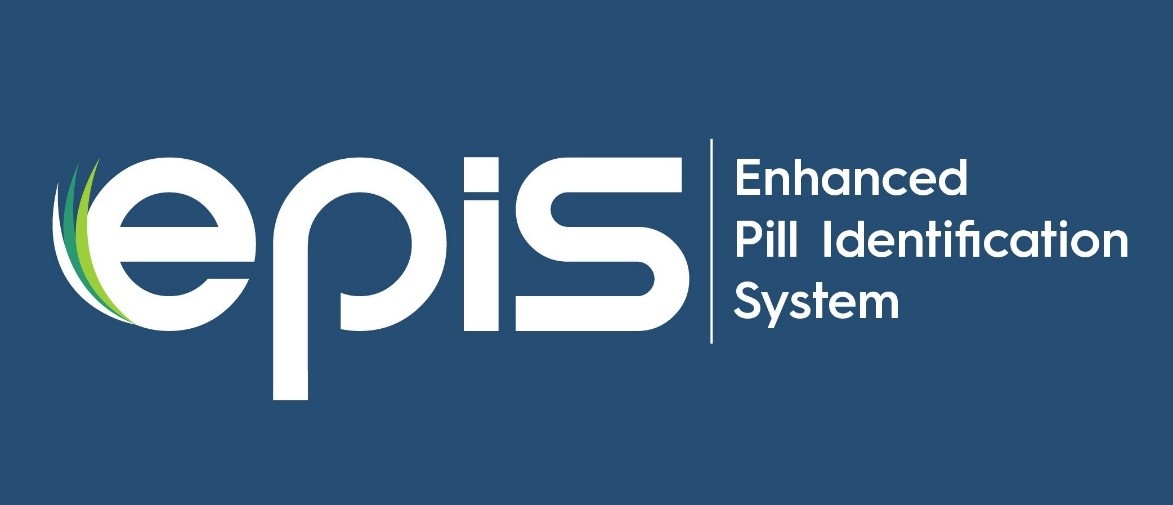Traceability of every
prescription pill, capsule or
tablet in the world from
manufacturer to end user.
prescription pill, capsule or
tablet in the world from
manufacturer to end user.
For Info Contact:
Dr. Roger Roff
Drrroff@episnet.com
Dr. Roger Roff
Drrroff@episnet.com

About
EPIS Holding Company has developed a patent-pending process that gives each pill, capsule, or tablet a unique identity, allowing each pill to be traceable from manufacturing inception to the end-user. The technology authenticates and validates a prescription medicine’s ownership, which establishes a certifiable method of traceability and allows it to be tracked completely through the supply chain. This process was conceptualized as a means to fight the Opioid Epidemic; however, EPIS has developed many other uses to assist in the health and safety of the patient and the world.

Capabilities

At the manufacturer, each pill, capsule, and tablet including prescription and over-the-counter medications are assigned a unique identification mark such as a 2-dimensional data-matrix code that individually identifies that pill. This identifier provides information about that pill such as the type of medication, dose, manufacturer, batch, lot number, supply chain, the doctor who prescribed it, pharmacy and pharmacist who filled the medication, date filled, the patient to which it belongs, etc. which can be retrieved from a secure database in real-time. The unique code can be scanned, and the database will provide information about the pill. Access to the database’s information is controlled based on who is accessing it and their authority to use the information so as to preserve patient privacy and comply with applicable laws such as 21 CFR Part 11 and HIPPA.
Original medicine in every specialty

Mission

To more closely unify the pharmaceutical industry with healthcare, by allowing for the traceability of every prescription pill, capsule or tablet in the world from manufacturer to end user. And every end user’s history of prescription medications in a highly
secure HIPPA compliant database.
secure HIPPA compliant database.
This individual pill identification information has a plethora of uses.
Examples include but are not limited to the following:
Examples include but are not limited to the following:
- Reduce medication dispensing errors by electronically verifying the medication. The medication can be scanned before being administered to a patient in a hospital, assisted living facility or in a nursing home to make sure that the correct medication is being given to the correct patient and at the proper time.
- The system can be used to deny patients with overlapping medications such as opioid or controlled substances from receiving excessive prescriptions. i.e., stop “doctor shopping.” Thus limiting drugs accessibility.
- This unique identification closes the gaps in the current supply chain laws, Drug Quality and Security Act (H.R. 3204), which was signed into law on November 28, 2013.
- If little Johnny is caught with pills at school, the pills can be scanned to determine whom the pills belong.
- A patient can scan their medication with their cell phone using our App, and it will tell the patient if they are taking the correct medication, remind the patient when to take the next dose, and also let them know if it is time to schedule a refill or doctors visit. This helps with patient compliance.
- Medications seized at a drug bust can be scanned to know whom the medications were prescribed. An arrest can be made based on these findings. This type of accountability can be the forefront to prevent diversion.
- A first responder finds pills at the scene of an unconscious person. The pill can be scanned to tell the type of medication and the dosage so that proper treatment can be administered quickly.
- If there is a medication recall, such as by the manufacturer, FDA, or the CDC, etc., patients can be quickly and effectively notified.
Individual identification of each dose of medications will provide traceability
and accountability, therefore, making medications safer, improve health
through better compliance, and help with the Opioid Crisis
by keeping medications off the streets.
and accountability, therefore, making medications safer, improve health
through better compliance, and help with the Opioid Crisis
by keeping medications off the streets.

Market Need
Technological deficiencies prevented this system from being invented until now.
Some benefits include but are not limited to the following:
Some benefits include but are not limited to the following:
- Halting the $200 billion-dollar counterfeit drug issue that kills and maims millions.
- The ability for a manufacturer to quickly communicate with patients during recalls or for direct to consumer messaging/marketing will be invaluable.
- Curtailing the diversion of prescription drugs that costs the American health care system $504 Billon dollars a year.
- To meet requirements for The Drug Quality and Security Act (DQSA), which was enacted by Congress on November 27, 2013. Title II of DQSA, the Drug Supply Chain Security Act (DSCSA), outlines steps to build an electronic, interoperable system to identify and trace certain prescription drugs as they are distributed in the United States.



